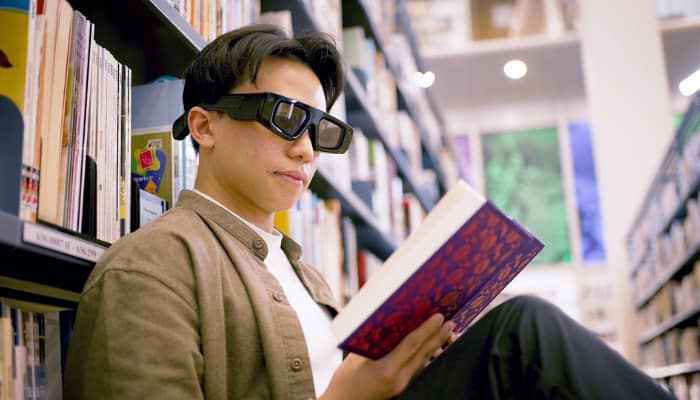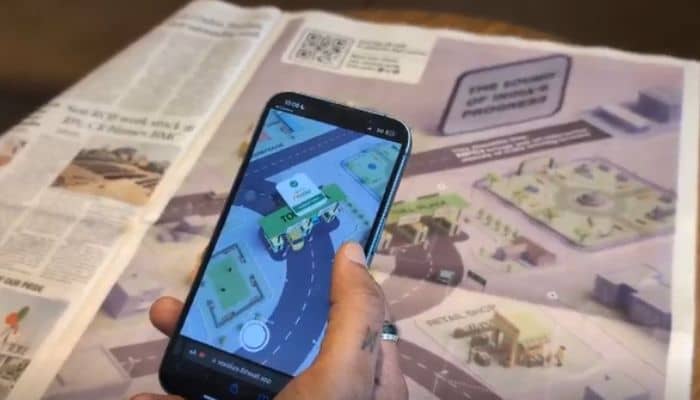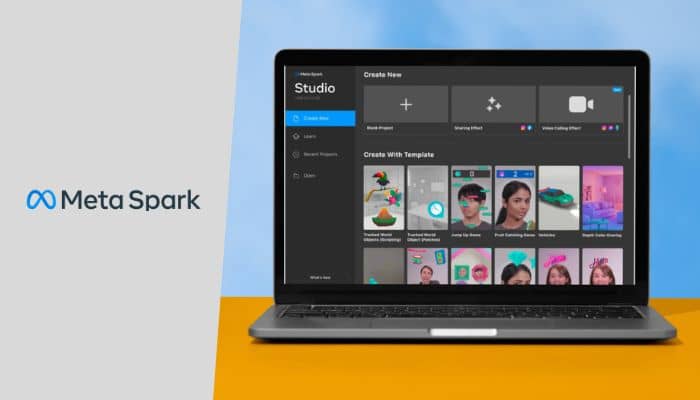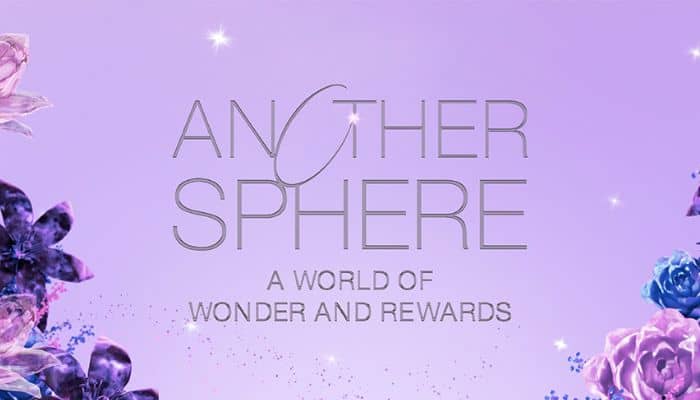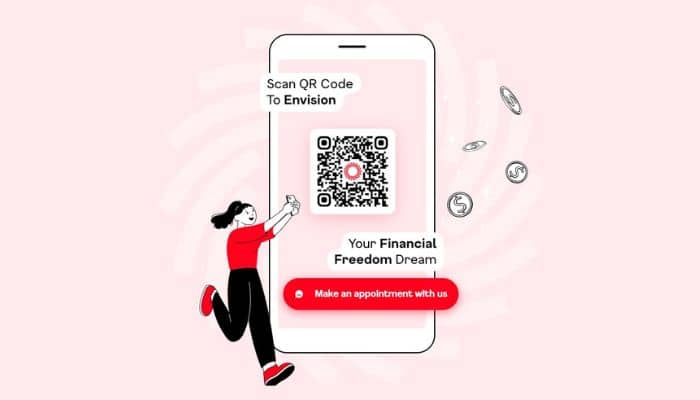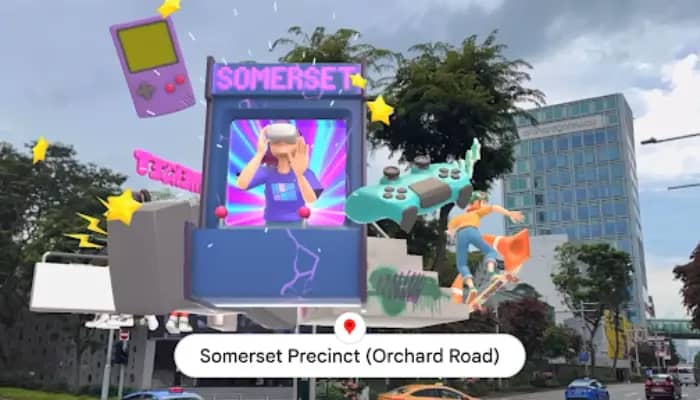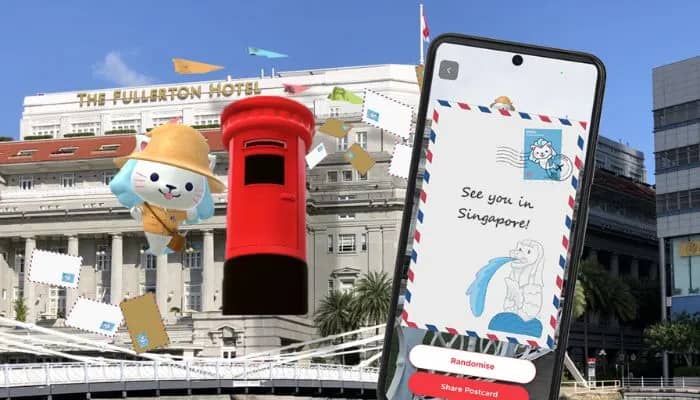In today’s rapidly evolving digital landscape, harnessing the power of augmented reality (AR) and gamification has become paramount for businesses and marketers alike. These innovative technologies are not just trends; they represent a paradigm shift in engagement and customer interaction.
Augmented reality bridges the gap between the physical and digital worlds, offering immersive experiences that captivate audiences. By integrating gamification elements into AR campaigns, companies can tap into the innate human desire for competition, achievement, and rewards, driving deeper engagement and brand loyalty.
In this interview, we spoke with Matthew Endresz, the founder and CEO of XRii, to learn more about the company’s vision and mission of gamifying campaigns through immersive technologies, such as augmented reality.
MARKETECH APAC: In one sentence, what does your company do?
Endresz: XRii allows you to create brilliant and engaging campaigns using augmented reality, geo-mapping and gamification, all within your own app. Think Pokemon Go meshed with Groupon!
MARKETECH APAC: How / why did you start your company?
Endresz: Our journey with XRii began with an audacious belief: the future of customer engagement was on the cusp of a radical transformation, and we wanted to be at the helm of it. We realised that emerging technologies –like augmented reality, geo-mapping, and gamification – were more than just buzzwords. They were untapped resources, brimming with potential to redefine how businesses connect with their audiences.
But what struck us most was a glaring gap in the market. Companies either needed more expertise to integrate these technologies effectively or found the prospect too daunting and complex. That’s when we knew we had to act. The vision for XRii was born out of a desire to democratise access to these cutting-edge technologies, enabling businesses of all sizes to tap into new realms of customer engagement and revenue growth.
MARKETECH APAC: What is the best thing your company has achieved or learnt along the way?
Endresz: Within the first six months of going live, we launched five successful case studies. We also participated in the SportsPro Ignition event and received an exceptional reception. This recognition not only validated the hard work and creativity of our team but also reinforced our belief in the significance of our mission. We are more excited than ever about the future and fuelled by enthusiasm, knowing that the best is still yet to come.
MARKETECH APAC: What’s some advice you’d give to an aspiring martech start-up?
Endresz: The start-up landscape is dynamic, and being adaptable is crucial. Be prepared to learn from both successes and failures as each experience holds valuable insights that can guide your decisions and strategies moving forward. Beyond that, my advice to aspiring start-ups would be:
- Ensure that it’s driven by passion: Passion is the driving force that sustains you through the inevitable hurdles and uncertainties that arise. It’s what gives you the energy to persist, iterate and continuously improve your offerings. When your start-up is fuelled by passion, it becomes more than just a business venture – it becomes a mission that you’re truly invested in.
- Prioritise quality and excellence: In a competitive landscape, quality and excellence are your distinguishing factors. Strive to create products or services that not only meet but exceed the expectations of your customers. This requires a commitment to consistently delivering value. By focusing on quality, you establish trust and credibility in the minds of your customers, setting the foundation for lasting relationships and positive word-of-mouth.
- Nurture the finer details: The success of a start-up often hinges on the finer details that might be overlooked by others. Whether it’s the user interface of your app, the packaging of your product or the clarity of your communication – these seemingly small elements can have a significant impact on the overall perception of your brand. Take the time to refine these details and ensure that every touchpoint reflects the level of care and thoughtfulness that you’ve poured into your venture.
MARKETECH APAC: What’s next for your company?
Endresz: We are committed to strengthening our product, with the goal of optimising the value we deliver to both our existing and new clients and their customers. This will position us strongly for the future whether that’s as the ‘go-to’ marketing platform for brand engagement and conversions through interactive solutions in the APAC region or on the international stage.
MARKETECH APAC: Which other companies do you admire?
Endresz: I have admiration for companies like Apple, Airbnb, Spotify, Disney, Revolut, as well as smaller enterprises such as Vitable. I’m drawn to companies that prioritise design with great intensity. So, Apple’s sleek and user-friendly products, Airbnb’s easy-to-use platform for finding unique places to stay, Spotify’s simple way of discovering music, Disney’s ability to create magical, immersive experiences and Revolut’s modern approach to finance — they showcase the incredible impact that aesthetics and user experience can have in building successful and memorable businesses. Even smaller companies like Vitable show that good design and processes can make a real difference.

